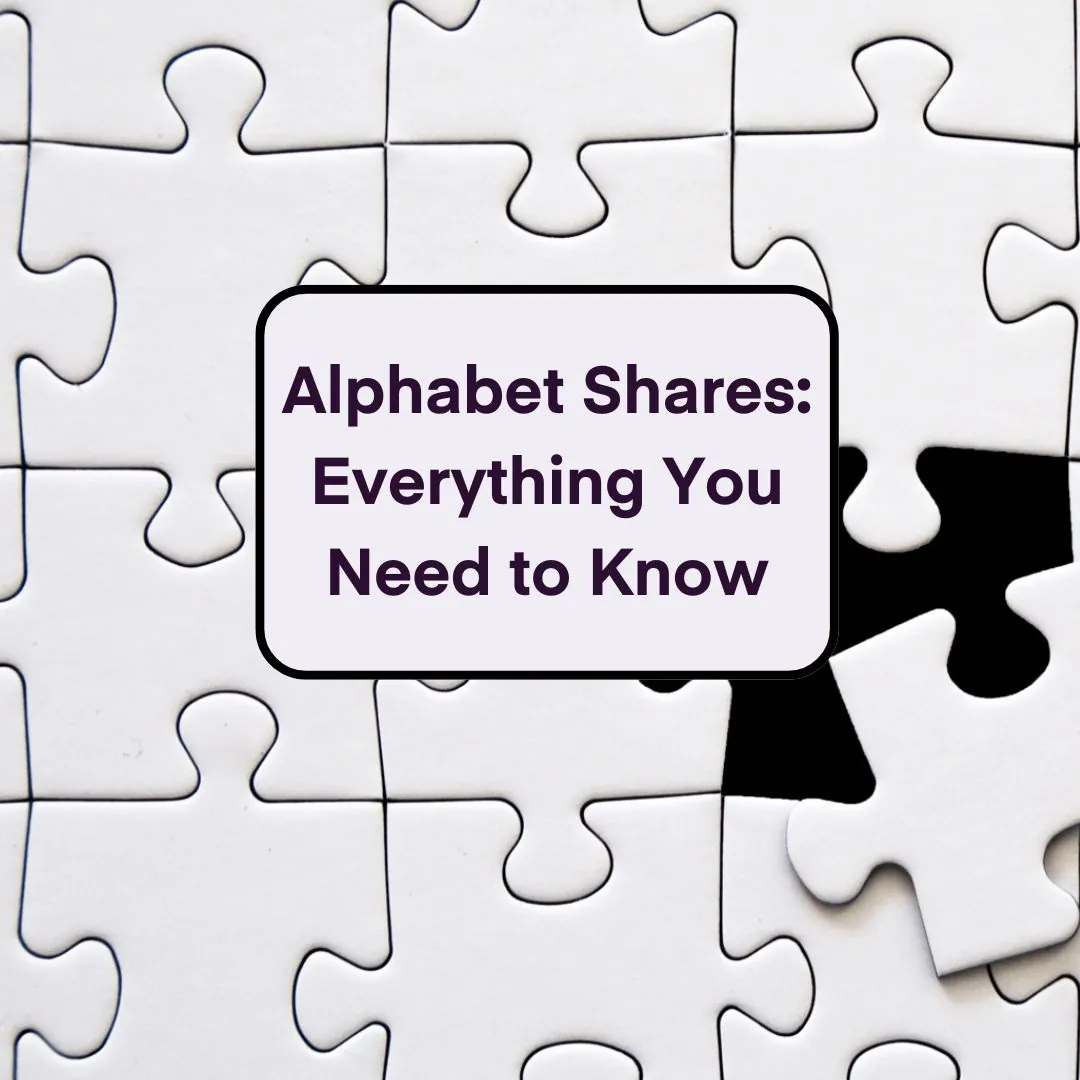
Year-end accounts checklist for small businesses
5 Mar 2019Your year-end is the final date of your accounting period and that’s the date when you must close your accounts for the current financial year before filing them with HMRC and Companies House.
While filing statutory accounts is a legal requirement for limited companies of any size, small businesses can choose how to file year-end accounts. You can either submit a full set of accounts, known as statutory accounts, or abridged accounts, which contain less detail.
Year-end accounts have three important functions: they provide essential information on how well you are managing your business by providing an indication of your financial health; they let shareholders know how your business is performing; and they provide the basis for assessing your liabilities under Corporation tax.
This article briefly describes the information to be included in your year-end accounts and outlines the procedures and key dates for submitting the accounts.
Gather information
To finalise accounts, you’ll need up-to-date information on outstanding invoices, payments to suppliers due for settlement, as well as accurate information on financial transactions throughout your current financial year.
Bank statements, copies of invoices, receipts and information on stock-level changes are essential.
While compiling accurate records, also look for opportunities to minimise your Corporation tax liability by ensuring that you claim all allowable expenses and capital expenditures.
Related: Key dates for the UK tax year
Preparing the year-end accounts
If you decide to file statutory accounts, you must include the following sections:
-
Company information page
-
Directors’ report
-
Balance sheet
-
Profit and loss account
-
Cash flow statement
-
Notes to the accounts
Company information page
This page must include your company name and registered number, the address of your registered office and the names of your directors and firm of accountants.
Directors’ report
The directors’ report includes statutory information as well as analysis of your performance and your prospects for the future.
You should describe the main activities of your business – the products or services you provide and the markets you serve.
The list of names of the directors during the reporting year must be listed together with brief details of their responsibilities. Similarly, you must also provide details of dividends paid to shareholders.
It’s important to provide information on your business performance over the past financial year – any significant customer gains, entry into new markets, changes in business conditions, significant investments, expansion of the business or other factors that impact results. You can then look at realistic prospects for the coming financial year, taking similar factors into account.
The report should be signed by a director, with a statement that the report has been approved by the board.
Balance sheet
A balance sheet is one of the most important sections of the year-end accounts. It shows:
-
the value of all the assets that your business owns
-
what it owes
-
what is due to be paid to the business up to the last day of the financial year.
The balance sheet includes figures for the current financial and the previous year so that shareholders and other analysts can make comparisons. The figures in the balance sheet should include a number that references any explanatory notes that appear in the Notes to the accounts page.
The balance sheet should include figures for:
-
Fixed assets
-
Tangible assets
-
Current assets
-
Stocks
-
Debtors
-
Cash at bank and in hand
-
Total current assets
-
Creditors: amounts falling due within one year
-
Net current assets/(liabilities)
-
Total assets less current liabilities
-
Creditors: amounts falling due after more than one year
-
Provision for liabilities
-
Net assets
-
Capital and reserves
-
Called up share capital
-
Profit and loss account
-
Shareholders’ funds
Loan or grant repayments fall into a number of categories on the balance sheet. For a five-year loan, for example, payments due in the next 12 months are categorised as current creditors; the balance will be shown under longer-term debt.
The balance sheet should be signed by a director, with a statement that it has been approved by the board.
Aside from the legal filing requirements, the figures in your accounts also provide valuable information on how much cash is available in the business. Analysing trade debtors and trade creditors gives an indication of the strength or weakness of your cash position.
If customers owe large amounts, for example, this weakens your cash position so you should aim to impose tighter payment terms. To improve your outgoings, you should aim to get the most favourable terms from your suppliers.
Profit and loss account
The profit and loss account sets out the profit or loss made by your business in the financial year. It shows all the contributing figures and the final profit or loss after deducting costs from sales. The profit and loss account should include:
-
Turnover
-
Cost of sales
-
Gross profit
-
Operating profit
-
Profit on ordinary activities before taxation
-
Tax on ordinary activities
-
Pre-tax profit for the financial year (EBITDA)
One of the most important figures in this section is the pre-tax profit, sometimes called EBITDA (earnings before interest, tax, depreciation and amortisation). To give more context and detail, you can include an explanation of EBITDA in the notes to the accounts.
When you are putting together the figures for your profit and loss account, look carefully at all your costs, including cost of sales and operating costs, as well as capital allowances to ensure that you have claimed all allowable business expenses against your Corporation Tax liability.
Like the balance sheet, the profit and loss account provides useful insight into the health of your business. Do you need to increase turnover by raising prices, win new customers or reduce costs across the business?
Cash flow statement
The cash flow statement shows money coming into a company and going out. It will typically include money from sales and other operating activities, returns on investment, tax charges, capital spending and dividends paid.
For your management team as well as investors and analysts, the cash flow statement is an important indicator of the financial health of your business. That makes it essential to make cash flow forecasts throughout the year, rather than waiting till year end.
A cashflow forecast is an estimate or projection of the total amount of money you expect to come into your business and pay out over different periods of time – one week, one month, three months, six months or a year.
Both the cash flow forecast and statement give you advance notice of any potential cash flow problems, so that you have the opportunity to deal with the problem.
Notes to the year-end accounts
Notes to the accounts allow you to provide more context and detail to the balance sheet or profit and loss account.
The notes must include a statement of the accounting principles you use and cover the basis of preparation and the way you represent turnover and depreciation.
By adding numbers to specific figures in the balance sheet or profit and loss account, you can show, for example, whether money is owed to a bank, a company or the taxman.
Under taxable fixed assets, you might provide more detail, such as the cost of a new asset and show depreciation and net book value.
For creditors, you could split the category into trade creditors, deferred income, taxes and other creditors.
Related: How to avoid VAT when buying a van for business
Upcoming changes to the accounting period
Although traditionally businesses set their own dates for accounts (known as the basis period), from the tax year 2024 to 2025 the basis period will change to the same period as the tax year.
So, currently, you pay taxes on your profit in your own basis period, which might be 1st January to 31st December for example. But, under the new system, your accounts will have to run from 6th April to 5th April.
Filing your year-end accounts
Year-end accounts have to be filed with both HMRC and Companies House by specific dates. However, the dates are different for each.
Companies House
Your first accounts need to be filed 21 months after registration with Companies House.
After that you need to file accounts nine months after your company’s financial year ends.
HMRC
You must file a tax return for Corporation Tax, together with a set of year-end accounts within 12 months from the end of your accounting period.
You must pay any Corporation Tax due within 9 months and 1 day after your accounting period ends.
Penalties for late filing
It’s essential to file within the deadlines. If not, you face increasing penalty charges.
Companies House
|
Time after deadline |
Penalty |
|
Up to 1 month |
£150 |
|
1 to 3 months |
£375 |
|
3 – 6 months |
£750 |
|
More than 6 months |
£1500 |
HMRC
|
Time after deadline |
Penalty |
|
1 day |
£100 |
|
3 months |
Another £100 |
|
6 months |
10 percent of your estimated Corporation Tax liability |
|
12 months |
A further 10 percent of your estimated Corporation Tax liability |
Submitting abridged accounts
As a small business, you have a choice of how you file your accounts. If you decide to submit abridged accounts, which include less information, you must meet the criteria for a small business:
-
Maximum number of employees 50
-
Turnover under £10.2 million
-
Balance sheet total under £5.1 million.
Submitting abridged accounts means you can omit certain information in the abridged version. Under current guidelines for abridged accounts, you only have to include a balance sheet together with notes to the accounts.
You can choose to omit a copy of your detailed profit and loss account and the directors’ report. You can also choose whether or not to include an auditor’s report.
Take professional advice
Preparing accurate year-end accounts can be complex and time-consuming. If you need professional advice or assistance with completing your accounts, our friendly small business accountants can help.
Please contact us on 0207 043 4000 or info@accountsandlegal.co.uk for more information. You can also get an instant accounting quote here.




















